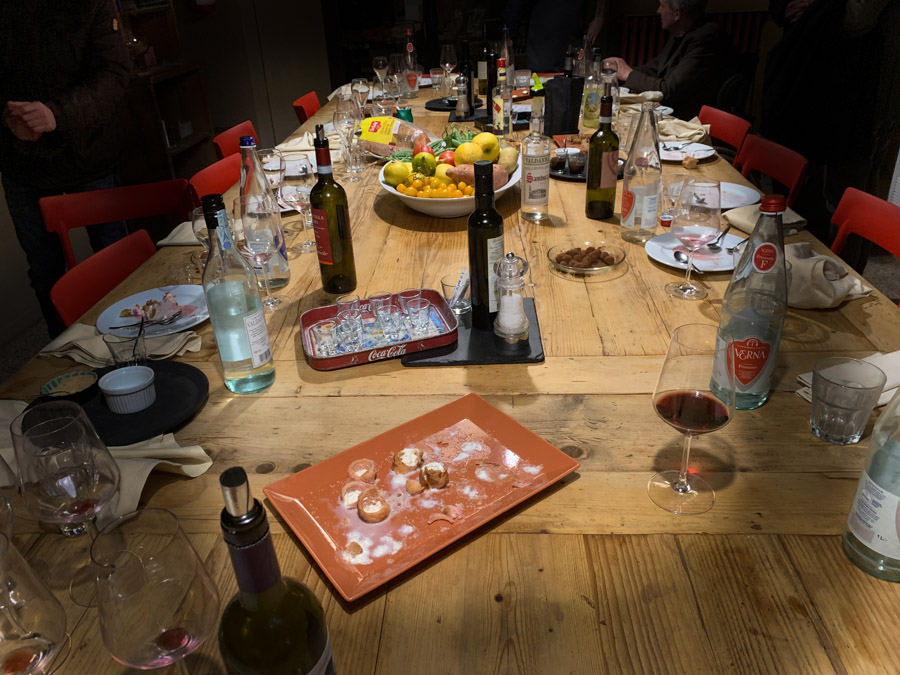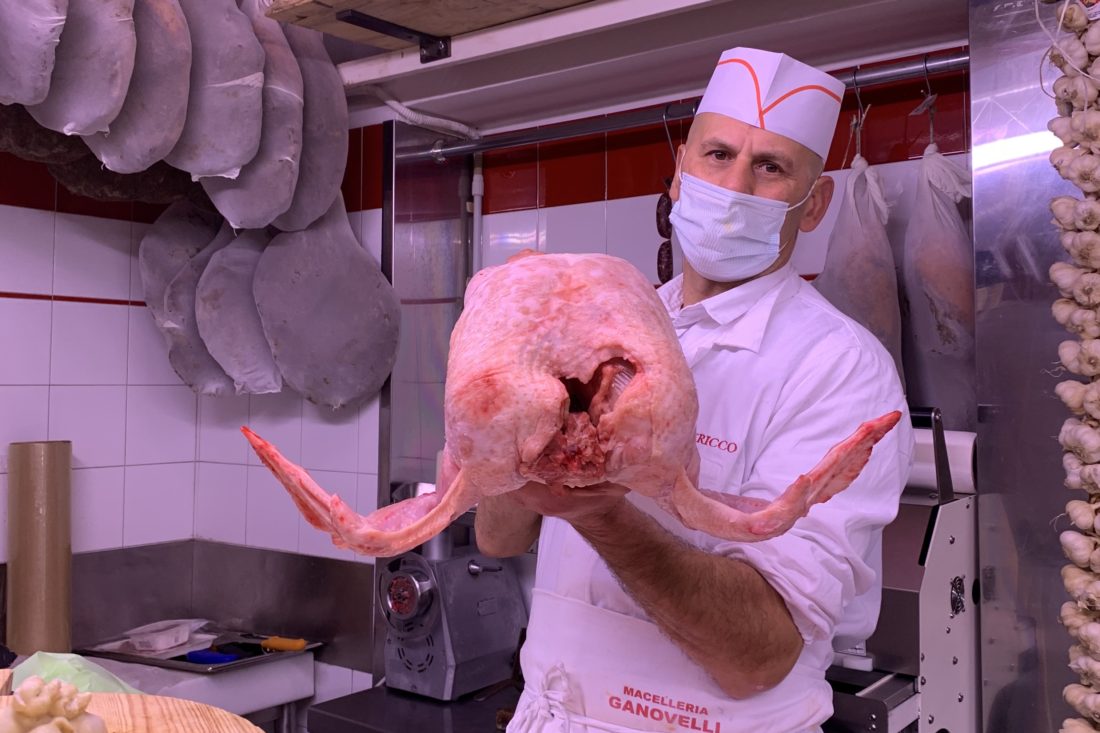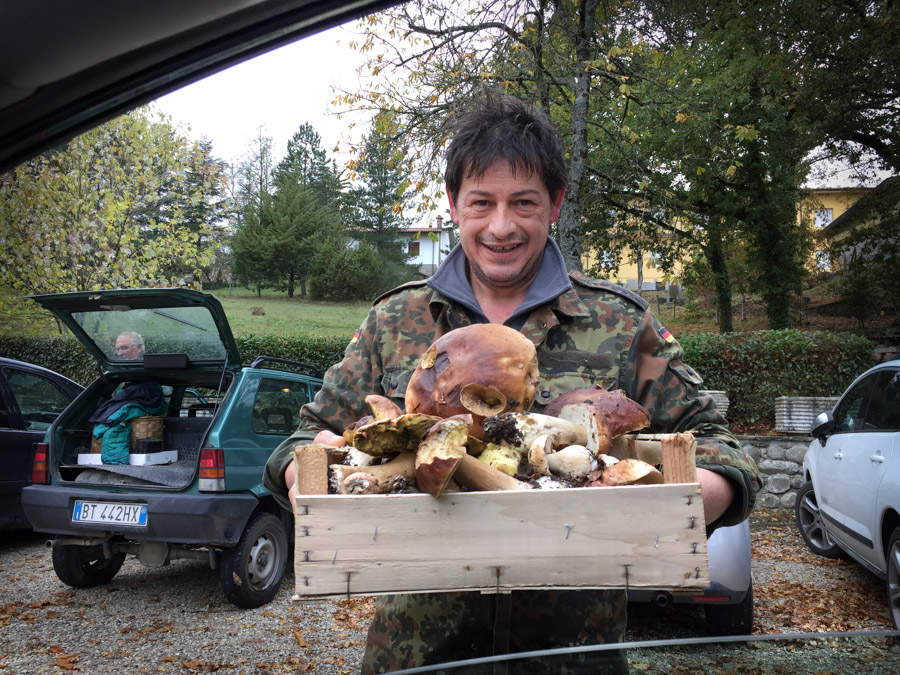February 23, 2020
In
Best Of, Chow
By
Nancy
Here’s a sneak peek of an article I am writing for SmarterTravel. The article will cover ten tips but I wanted to share an excerpt before it is published.
After living in Tuscany for eight years I still treasure eating the food every day, but the bigger discovery for me was realizing what a key part food plays in making the Italian lifestyle so special. I’ve noticed things that visitors often misunderstand when they travel to Tuscany that make eating less fun and delicious. So—here’s an insider’s list of Tuscan food tips.

Coffee rules
In all senses of that word.
First of all, what you drink is a caffè and where you do it is called a bar. Italians tend to have several cups of coffee a day and usually stand at the bar and drink them quickly. (At some bars there is a higher price if you sit at a table.) A caffè is single shot of espresso. Coffee is served a bit cooler than many people expect because the Italians believe that things that are too hot, or too cold, like iced drinks, are bad for the digestion. And locals would never drink a cappuccino after noon (because too much milk after lunch is … bad for the digestion.)
I learned early on that a way around the cappuccino rule, keeping your street credibility, but not having to go all the way to drinking an espresso after lunch is to order a caffè macchiato which is an espresso with a small dab of milk either caldo (hot and steamed) or freddo (cold).
For a more adventurous coffee experience try a caffè corretto, literally a corrected coffee, which is an espresso with a shot of alcohol, most commonly grappa, sambuca, or brandy. In our town this is a frequent early-morning treat before the wild boar hunters go out to the fields with their loaded guns.

Marie Kondo your pizza
Less is more when it comes to pizza. I asked a friend who is a waiter the biggest thing he wishes he could say to non-Italian customers. He said people miss the point when they try to pile on too many toppings on a pizza. The best pizza is the simplest and allows wonderful ingredients to shine through. A pizza margherita shows off what happens when the right flour, water, and yeast are married to a wonderful tomato sauce and mozzarella (buffalo mozzarella is great). Pizzas are ordered one per person. Oh, and the worst sin for my waiter friend is when someone orders a pizza with a cappuccino.

Take your time
In most of Tuscany, outside of tourist centers, restaurants aren’t trying to squeeze more than one seating into a lunch or dinner window. This means that meals are leisurely breaks and usually multi-course. Trying to rush through this type of meal is not only largely impossible, but also likely to earn a puzzled and concerned look from the server, and probably the chef as well.
Lunch is traditionally the biggest meal and on weekends, or in more traditional restaurants, will include an antipasti course of bruschetta or sliced meats like prosciutto, fennel salami, and local cheeses, followed by pasta (the primi course) followed by meats (the secondi). Meats usually come solo and vegetables and potatoes are ordered separately as contorni but meant to be shared by the table. Dessert, coffee, and perhaps a digestive, like a grappa, follow.
Sunday lunch is the highlight of the week for many Italians and well worth indulging in. Seeing large families gathering for a lunch that lingers far into the afternoon is a special treat to enjoy.











